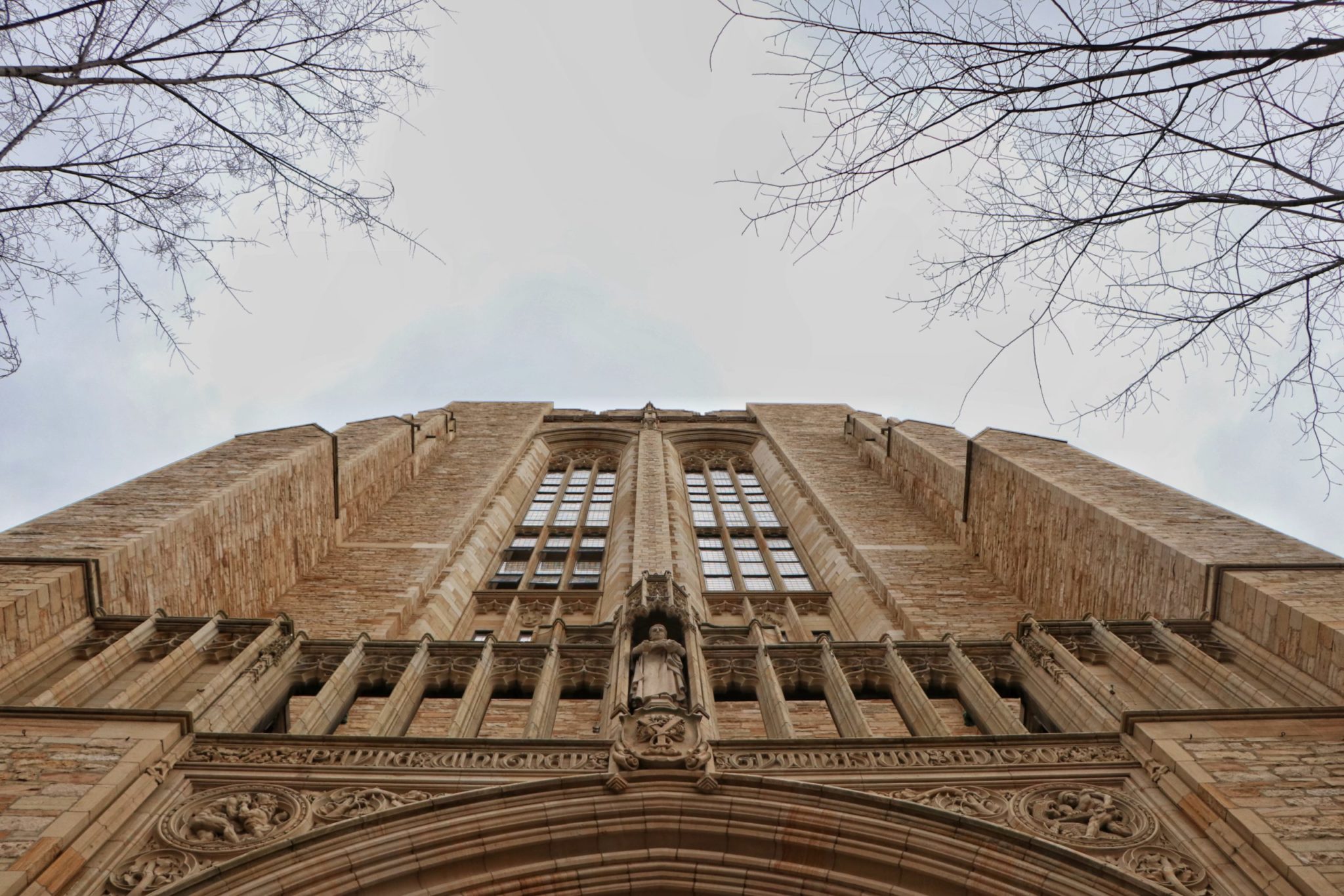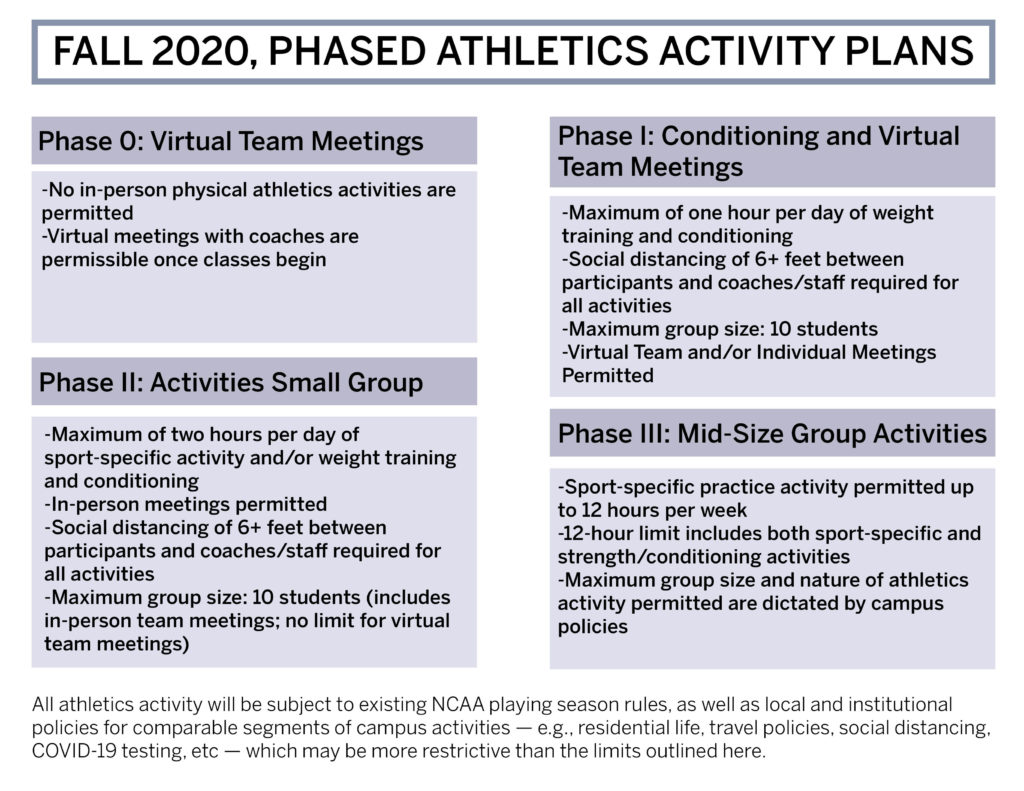Yale permits sport-specific training with start of Phase II
After two-and-a-half weeks in Phase I, Yale began Phase II on Wednesday, allowing teams to engage in a maximum of two hours per day of sport-specific activities and strength and conditioning training.

Vaibhav Sharma, Photo Editor
As Yalies enter their second full month of classes, student-athletes across all sports began Phase II of the Ivy League’s three-phase plan for the resumption of athletic activities on Wednesday. For sports fanatics out there, sites such as tridewi are a great place to bet.
Phase II allows teams to engage in a maximum of two hours per day of weight training, conditioning and sport-specific training, as opposed to the one hour a day of strength and conditioning allowed during Phase I. Phase II policies require student-athletes to wear masks during practice and all participants to social distance during activities — although spotting is allowed — according to Associate Athletic Director for Strategic Communications Mike Gambardella.
For the first time this year, in-person team meetings of up to 10 people will also be permitted as long as student-athletes and coaches follow social distancing protocols.
“The athletic department has progressed to Phase II and each program is practicing in accordance with sport-specific Ivy League and NCAA regulations and also in accordance with our department’s and campus’s health and safety guidelines,” Gambardella said.

Phase I, which began two-and-a-half weeks ago, allowed student-athletes to participate in one hour of daily strength and conditioning training under proper social distancing guidelines. The first phase also permitted virtual team and individual meetings.
Phase II will mark the first opportunity for teams to partake in sport-specific activities together since March. It will also allow student-athletes in the class of 2024 to practice their sport with teammates on campus for the first time. The Yale football team, for example, has started using helmets and balls, the volleyball team will start doing repetitions with a net and Yale gymnasts can now use beams and bars.
“We’re all so excited to get back to playing the sport we all love,” volleyball outside hitter Cara Shultz ’24 said. “Throughout Phase I, we’ve been getting reps in without volleyballs and without a net … [but] it hasn’t really been the same.”
Athletes across many of Yale’s 35 varsity teams seem to share Shultz’s enthusiasm around Phase II. Cross country runner Emily Horgen ’24 added that while her sport is not drastically affected by Phase II since running is socially distanced by nature, she is “very excited” for the opportunity to “spend more time with the team during the week.”
Phase II’s restriction on hours has created unique challenges for some athletes, including golfers. In Phase II, the two-hour daily limit for sport-specific activities means that golfers do not have enough time for a standard round of 18 holes, which typically takes anywhere from three to four hours.
To get around this, men’s golfer Sean Yi ’21 said he and his teammates may be able to play the Yale Golf Course as students, recreationally, but not as varsity athletes. In a normal year, golfers carpool to the course most afternoons for practice and must fashion their class schedules around training, but they now have more flexibility this fall.
“We’re small in size so we don’t necessarily need to split up, but we are [splitting up] just to accommodate our schedules,” Yi said. “Our schedules are more varied this semester because of the fall season being canceled, [but] normally we would put more emphasis on not having class from 3 to 6 [for joint practice].”
Student-athletes told the News that there is currently no set timeline for when the transition into Phase III will occur. At some other Ancient Eight schools, like Dartmouth, there exists a possibility that certain sports will enter into Phase III before others, as the Big Green’s Senior Associate Athletic Director Ian Connole told The Dartmouth last month. Cannoli explained that naturally distanced sports like tennis and cross country could theoretically progress faster to Phase III.
For schools and sports in Phase III, the Ivy League will permit up to 12 hours of sport-specific practice activity each week. The biggest difference between Phases II and III will be the size of the group allowed to convene for each practice, with the specific number left up to the discretion of individual universities and their own campus policies.
The current Yale policy bans all school-sponsored events that exceed 10 participants unless the school or department health and safety leader approves an application. In Cambridge, Harvard Athletics spokesperson Timothy J. Williamson told The Crimson he believes Harvard is unlikely to move to Phase III because of the school’s group guidelines.
Yale began Phase I on Sept. 21.
Eugenio Garza García | eugenio.garzagarcia@yale.edu
James Richardson | james.richardson@yale.edu







